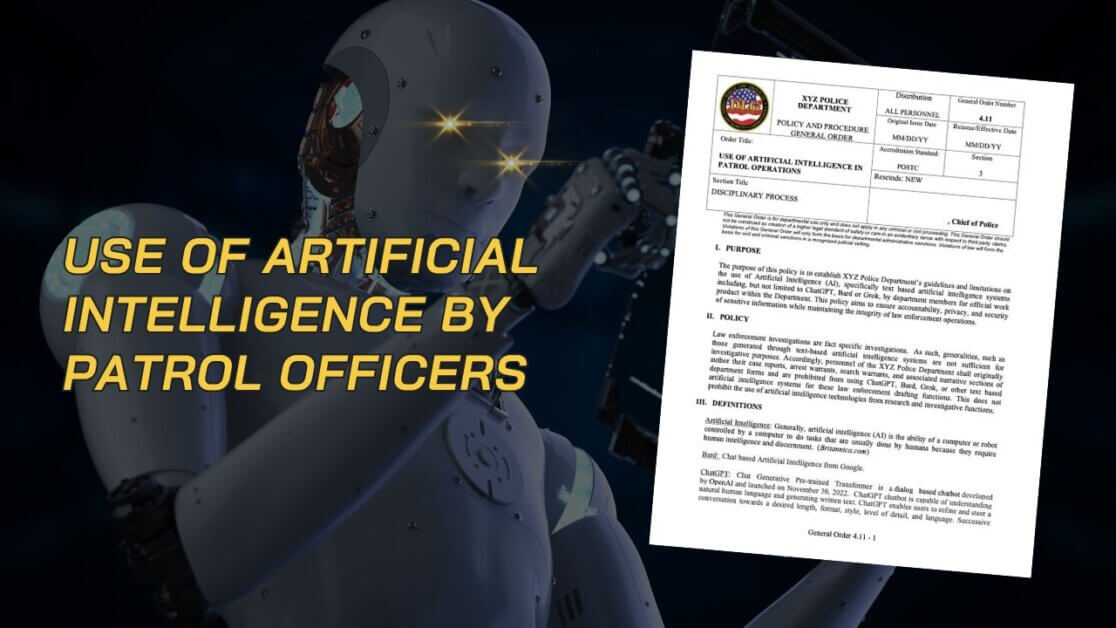The First Amendment and the Religious Freedom Restoration Act
Today’s legal update focuses on a case out of the Second Circuit that ended up facing the Supreme Court. In today’s case we encounter both the Religious Freedom Restoration Act, or RFRA and how congress and SCOTUS view compensation when dealing with an action against the RFRA. SCOTUS’s opinion ultimately affects the way “government” can be defined when handling the Religious Freedom Restoration Act, and any case that may come into your agency that deals with religious freedoms. To fully understand the decision today’s article will be a little bit longer, but it is important to understand the history to know just how big of a decision this truly is.
The First Amendment states that the government “shall make no law respecting an establishment of religion, or prohibiting the free exercise thereof.” According to the Supreme Court, this protects an individual’s right to exercise their religion and prohibits government regulations that target religious beliefs. The free exercise clause protects not only religious beliefs, but any act involved with religious practice. Under the clause, the government cannot compel religious belief, punish religious expression, or impose regulations that favor one religion over another.
Before we get into our case, here is a very brief history of the RFRA and how it has changed over time, both in district courts and the Supreme Court (if you are well versed in the case studies handling the RFRA, feel free to jump to the “Facts” section).
First, let’s examine Sherbert v. Verner; the government denied a claimant unemployment compensation benefits for failure to accept available work because she had declined to work on Saturdays for religious reasons. The Court reasoned that if a generally applicable law imposes a religious burden on an individual, that person could seek an exemption from the law unless the government can show that the burden was justified by a compelling government interest, which is a high standard to meet. From this case courts began applying “The Sherbert Test” which places a greater burden on the state to prove that they have a “compelling interest” that outweighs the interest of a citizen. A “compelling interest” test when dealing with the First Amendment takes into consideration public health and safety to justify restricting or infringing on a citizen’s religious free-exercise rights.
The Court, however, changed this framework in Employment Division v. Smith, when it held that the free exercise clause does not exempt individuals from following generally applicable laws and does not require the government to show a compelling interest in applying laws to a particular individual. In Smith, two members of the Native American Church were denied unemployment benefits after they were fired for ingesting peyote as part of a religious ceremony. The Court held that religious exemptions from generally applicable laws should come from the legislative process. Nonetheless, even after Smith, the Supreme Court still requires the application of the compelling interest test in free exercise cases involving government action that intentionally (rather than incidentally) burdens religious exercise and in cases involving religious exemptions in programs that allow for individualized assessments.
The biggest change to the RFRA came in City of Boerne v. Flores, in 1997. The Court determined that the RFRA’s application to states and local governments was beyond Congress’s power under Section 5 of the Fourteenth Amendment because the Section 5 power is “remedial,” allowing Congress to act only in instances where there is evidence of a pattern of conduct that violates the Fourteenth Amendment. The Court felt that Congress had not proven a widespread pattern of religious discrimination and therefore the RFRA no longer applies to states or localities, but continues to hold up federal government action.
Moving on to the Supreme Court; SCOTUS has seen several cases that have caused them to change their interpretation of RFRA. In Gonzales v. O Centro Espirita Beneficente União do Vegetal, in 2006, the Court emphasized that RFRA’s test is satisfied only if the government demonstrates a compelling interest in the specific application of the law to the particular claimant whose religious rights are burdened, rather than a compelling interest in the uniform application of the law. The Court concluded that the government had failed to demonstrate a compelling interest in applying the “Controlled Substances Act” to stop a church using a tea that contained hallucinogens during religious services.
Another important distinguisher came about when the Court was required to consider who can be “persons” under the statute and what constitutes a “substantial burden” on exercising religion. In Burwell v. Hobby Lobby Stores, Inc., in 2014, the Court stated that a corporation “is simply a form of organization used by human beings to achieve desired ends”. The Court first held that the term “person” within RFRA applies to closely held for-profit corporations and that RFRA’s protections extend to the religious practices of those who own and control for-profit corporations. The Court then applied the statutory compelling interest test to conclude that a government requirement that these corporate entities provide, through their health insurers and cost-free contraceptives to their employees, substantially burdened the owners’ exercise of religion and was not the least restrictive means of achieving the government’s interest in mandating such coverage. Deferring to plaintiffs’ views that the government’s mandate had the effect of facilitating the commission of an immoral act in violation of their religious beliefs, the Court invalidated the challenged law as it applied to the owners because of the availability of other alternatives for the government to achieve its interests1.
The meaning of the RFRA and the free exercise clause continues to be litigated. Many issues are brought to the table when dealing with the RFRA and today we will focus on a case that deals with the biggest questions: what constitutes a significant burden or compelling interest under RFRA and what remedies are available to those who prove a RFRA violation in court?
Facts
Three Muslim men sued various federal agents claiming that FBI agents placed them on the “No Fly List” because of their refusal to act as informants against their religious communities. The plaintiffs also sued the agents seeking monetary damages under the First Amendment and The Religious Freedom Restoration Act of 1993 (RFRA). According to the plaintiffs, being placed on the “No Fly List” cost them money through purchased airline tickets and job opportunities lost.
More than a year after the plaintiffs sued, they received letters from the Department of Homeland Security stating that “the government knows of no reason why they would be unable to fly,” which in turn cancelled out their cause of action against the FBI agents. Afterward, the district court dismissed the plaintiffs’ claims against the agents for money damages. The district court also dismissed the plaintiffs’ First Amendment retaliation claims, stating that the Supreme Court and the Second Circuit Court of Appeals have “declined to extend [lawsuits against federal agents under] Bivens to a claim[s] arising [under] the First Amendment.” The district court then dismissed the plaintiffs’ claims under RFRA, ruling that RFRA did not permit the recovery of money damages from federal officers. This appeal followed.
Second Circuit’s Opinion
On appeal, the plaintiffs’ sole challenge was the district court’s ruling that RFRA did not permit the recovery of damages from federal officers sued in their individual capacities. The Second Circuit agreed with the plaintiffs and reversed the district court. The court determined that the RFRA’s express remedies provision, combined with the statutory definition of “Government,” authorized claims against federal officials.
After the ruling by the Second Circuit Court of Appeals, the defendants filed a writ of certiorari, which was granted by the Supreme Court. The issue before the court was whether RFRA permits lawsuits seeking money damages against individual federal employees.
SCOTUS Opinion
In an 8-0 opinion authored by Justice Thomas, the Supreme Court affirmed the ruling by the Second Circuit Court of Appeals. Under RFRA, specifically 42 U.S.C. §2000bb-1(c), a person whose exercise of religion has been unlawfully burdened may “obtain appropriate relief against a government.” The Court found that in 42 U.S.C. §2000bb-2(1) “government” is broadly defined to include “a branch, department, agency, instrumentality, and official (or other person acting under color of law) of the United States. The Court recognized that Congress replaced the ordinary meaning of “government” to include officials acting under the color of law. The Court added that the phrase “persons acting under the color of law” has historically permitted lawsuits against government officials in their individual capacities. The Court also felt that money damages are an “appropriate relief” when an individual sues under RFRA.
Takeaways
In its original form, RFRA applied to all government action at the federal, state, and local levels. Congress justified applying the law to the states by relying on Section 5 of the Fourteenth Amendment, which grants “Congress the power to enforce, by appropriate legislation, the provisions of” the Fourteenth Amendment, which, among other things, has been interpreted to require state compliance with the First Amendment. Congress has since amended RFRA so that it applies only to federal entities. But many states have passed their own versions of RFRA, so it’s important to check in with your local government and district courts to ensure you know the basic guidelines your state has when dealing with religious freedom and the First Amendment.
The meanings of RFRA and the free exercise clause continue to be discussed and changed. But the main takeaway from this case is that SCOTUS defined FBI agents as “government” because they were “acting under the color of law”. That same definition could potentially be placed on law enforcement, meaning that if someone sues you or your department under RFRA you could be found liable for money damages.



